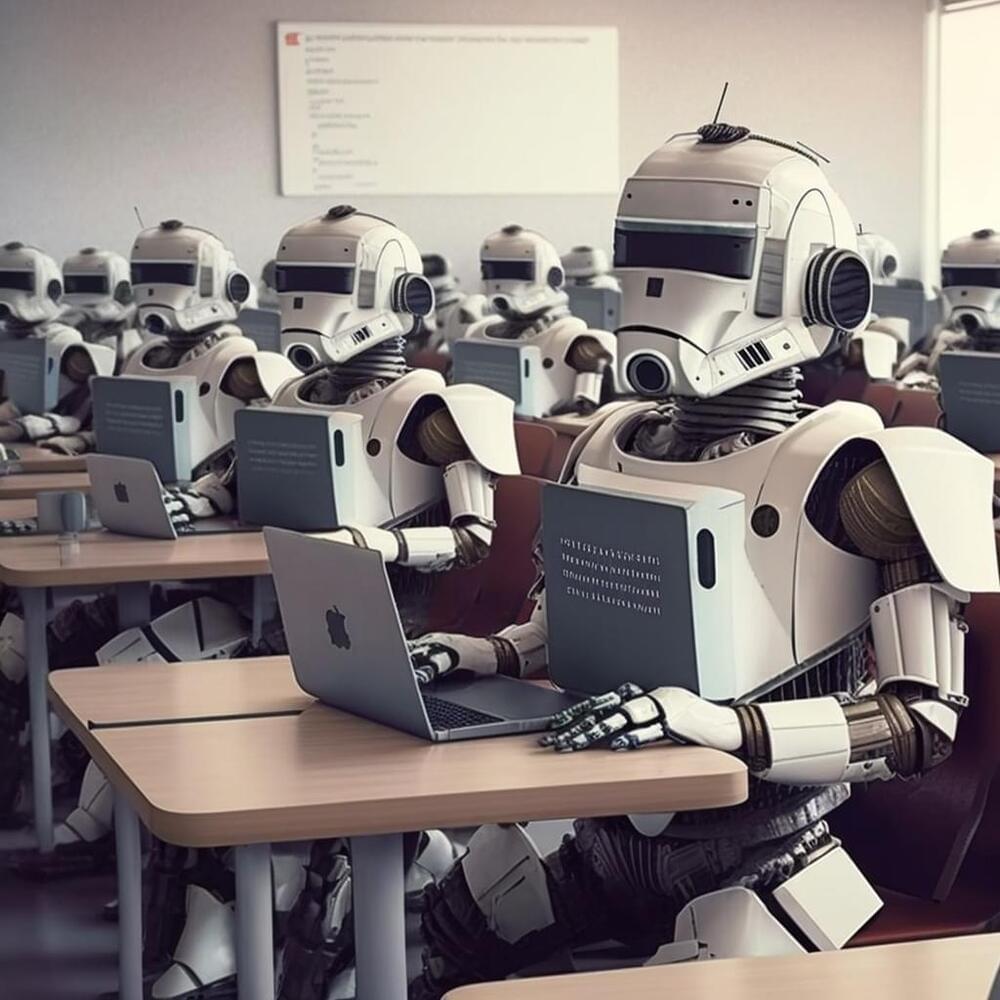In November, Notion began testing a generative AI feature within its popular note-taking app.
Get the latest international news and world events from around the world.

Electronic bandage speeds wound healing and dissolves into body after use
The days of ripping off a Band-Aid could soon be in the past, with scientists creating a new affordable, flexible electronic covering that not only speeds and wirelessly monitors healing but performs a disappearing act by being harmlessly absorbed into the body when its job is done.
“Although it’s an electronic device, the active components that interface with the wound bed are entirely resorbable,” said Northwestern University’s John A. Rogers, who co-led the study. “As such, the materials disappear naturally after the healing process is complete, thereby avoiding any damage to the tissue that could otherwise be caused by physical extraction.”
Electronic bandages are an emerging but by no means new technology, with earlier developments into bacteria-killing patches, motion-powered covers and even forays into smart dressings. But this dressing is the first bioresorbable bandage of its kind, delivering electrotherapy to wounds to accelerate healing by up to 30 per cent, and relaying data on the injured site’s condition to allow monitor of it from afar. The Northwestern scientists believe it could be a game-changer for diabetics and others who face serious complications from frequent and slow-healing sores.


AI Helps Crack NIST-Recommended Post-Quantum Encryption Algorithm
The CRYSTALS-Kyber public-key encryption and key encapsulation mechanism recommended by NIST in July 2022 for post-quantum cryptography has been broken. Researchers from the KTH Royal Institute of Technology, Stockholm, Sweden, used recursive training AI combined with side channel attacks.
A side-channel attack exploits measurable information obtained from a device running the target implementation via channels such as timing or power consumption. The revolutionary aspect of the research (PDF) was to apply deep learning analysis to side-channel differential analysis.
“Deep learning-based side-channel attacks,” say the researchers, “can overcome conventional countermeasures such as masking, shuffling, random delays insertion, constant-weight encoding, code polymorphism, and randomized clock.”

AI conjures proteins that speed up chemical reactions
For the first time, scientists have used machine learning to create brand-new enzymes, which are proteins that accelerate chemical reactions. This is an important step in the field of protein design, as new enzymes could have many uses across medicine and industrial manufacturing.
“Living organisms are remarkable chemists. Rather than relying on toxic compounds or extreme heat, they use enzymes to break down or build up whatever they need under gentle conditions. New enzymes could put renewable chemicals and biofuels within reach,” said senior author David Baker, professor of biochemistry at the University of Washington School of Medicine and recipient of the 2021 Breakthrough Prize in Life Sciences.
As reported Feb, 22 in the journal Nature, a team based at the Institute for Protein Design at UW Medicine devised machine-learning algorithms that can create light-emitting enzymes called luciferases. Laboratory testing confirmed that the new enzymes can recognize specific chemicals and emit light very efficiently. This project was led by two postdoctoral scholars in the Baker Lab, Andy Hsien-Wei Yeh and Christoffer Norn.


ChatGPT launches boom in AI-written e-books on Amazon
SAN FRANCISCO, Feb 21 (Reuters) — Until recently, Brett Schickler never imagined he could be a published author, though he had dreamed about it. But after learning about the ChatGPT artificial intelligence program, Schickler figured an opportunity had landed in his lap.
“The idea of writing a book finally seemed possible,” said Schickler, a salesman in Rochester, New York. “I thought ‘I can do this.’”
Using the AI software, which can generate blocks of text from simple prompts, Schickler created a 30-page illustrated children’s e-book in a matter of hours, offering it for sale in January through Amazon.com Inc’s (AMZN.O) self-publishing unit.
Robots playing Soccer! Robocup at ICC Sydney…the future is near!
RoboCup is an annual international robotics competition proposed and founded in 1996 by a group of university professors. The aim of such a competition consists of promoting robotics and AI research, by offering a publicly appealing, but #formidable challenge.
In 2016, the world’s competition was held in Leipzig, Germany. RoboCup 2017 was held in Nagoya, Japan.
#Humanoid League.
===============================================================
Want to make a donation?
Here is my bitcoin address 3NbvUroYjMRoUQkqPPPBWkNXvj4gaAUcUN
===============================================================
Copyright © Thermo Man. All rights reserved.
https://www.youtube.com/channel/UCev3bR4qEEdCqiRGMkocKIQ
Playlist.
Shopping Playlist.
